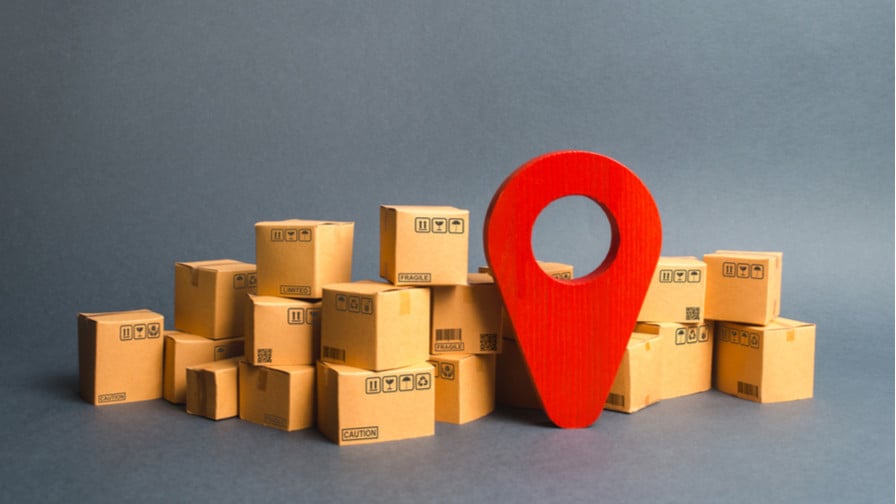After eight years since moving from organic to paid only shopping listings, Google has reversed the decision to now include organic products in its shopping results. For those that have been in SEO for long enough, optimising shopping feed attributes for organic shopping results was one of the key activities for retailers giving SEO the ability to clearly measure ROI. Remember Froogle?
Shopping Ads account for 85% of retail clicks on Google, making them essential for retail advertisers on the Google Ads network. Therefore, this update has the potential to fundamentally change our retail search strategy as well as SEO priorities.
What has led to the roll-back?
According to Bill Ready, President of Commerce at Google, the coronavirus pandemic has caused digital commerce to become a lifeline for many retailers. With store closures leading to significant challenges for retailers, free product listings provide a way to connect with new customers. This is especially important for many retailers who do not have the financial means to advertise at scale, but have great products that need some help to be discoverable.
Amazon’s retail dominance
Google’s intent to help retailers is welcome. However, we also believe that the move is an attempt to stop or slow Amazon’s increasing dominance of retail searches.
Over the past 18 months, statistics are showing that Amazon has overtaken Google in share of retail searches with 54% of product searches originating on Amazon globally. The organic change to shopping will significantly expand Google’s product range in shopping results from many retailers who do not actively advertise on Google Shopping. The move is likely to drive more traffic to the shopping tab leading to more advertising opportunities in the future.
Do you have to fundamentally change your shopping strategy?
No, not immediately. Organic shopping results will not appear in the carousels on the main SERPs and will only appear in the shopping tab. The shopping tab does not currently get as much visibility. Therefore, It is unlikely that the impact on organic or paid revenue will be significant right now.
However, we suspect that as Google becomes confident that organic and paid shopping results together provide a better and more relevant experience for shoppers, then it is a possibility that we see combined results on the main SERPs in the future.
The rollout is US only at the moment, with global rollout expected by the end of 2020.
What do you have to do to get listed on Google Shopping organically?
You will need to sign up to Google Merchant Center to allow your products to be listing organically on shopping results.
If you already have a feed setup and connected to Google Merchant Center, then it is simply a case of opting into the program under “Growth” and then “Manage programs” in the left navigation menu and selecting the “surfaces across Google” program card. In addition, Google are continuing to streamline the process and you can add products directly without a feed.
If you do not presently have a feed, then it is a case of creating a feed in xml or txt format that has at least the required attributes of ID, Title, Description, Image, URL, Availability and Price. Depending on the products you are selling and where you are selling them, there may be other required attributes such as brand, unique identifiers, tax and condition. We recommend including optional attributes relevant to your products to make them more discoverable on shopping results. It is important to review Google’s policy around shopping policies and best practices on landing pages to avoid frustration on product disapprovals.
We suspect that landing page quality will be critical for organic product visibility, so it is important to ensure that you take the time to understand search demand to curate your descriptions as well as have high quality images and a clear strategy for attracting product reviews.

